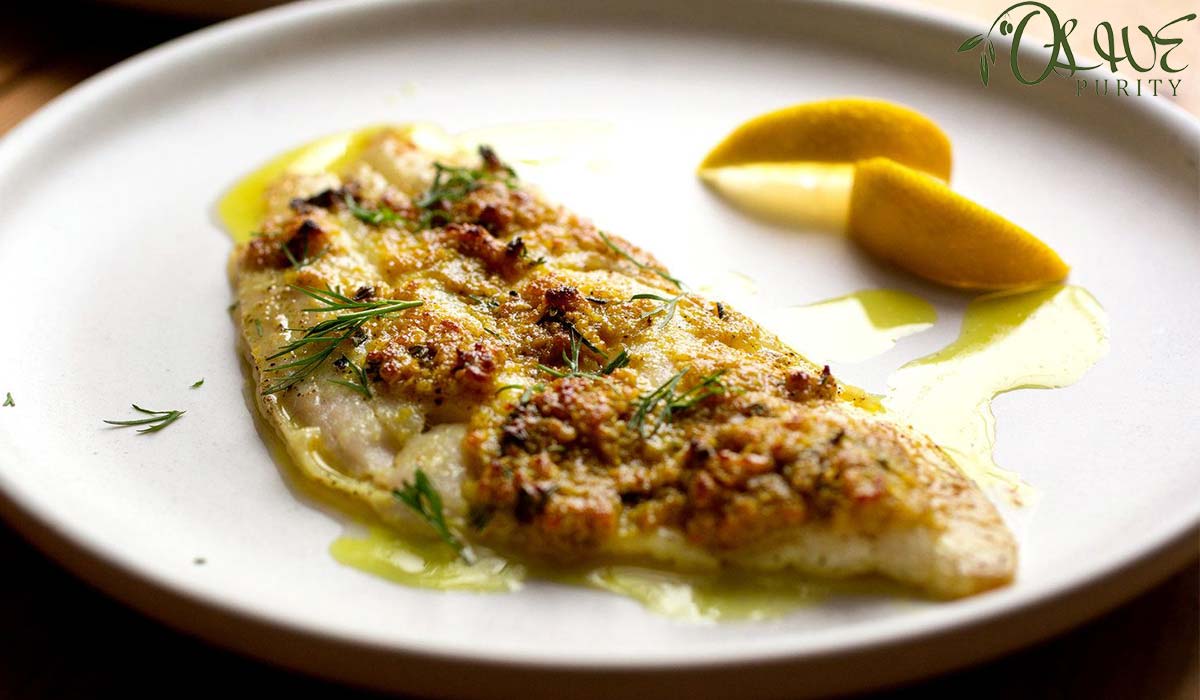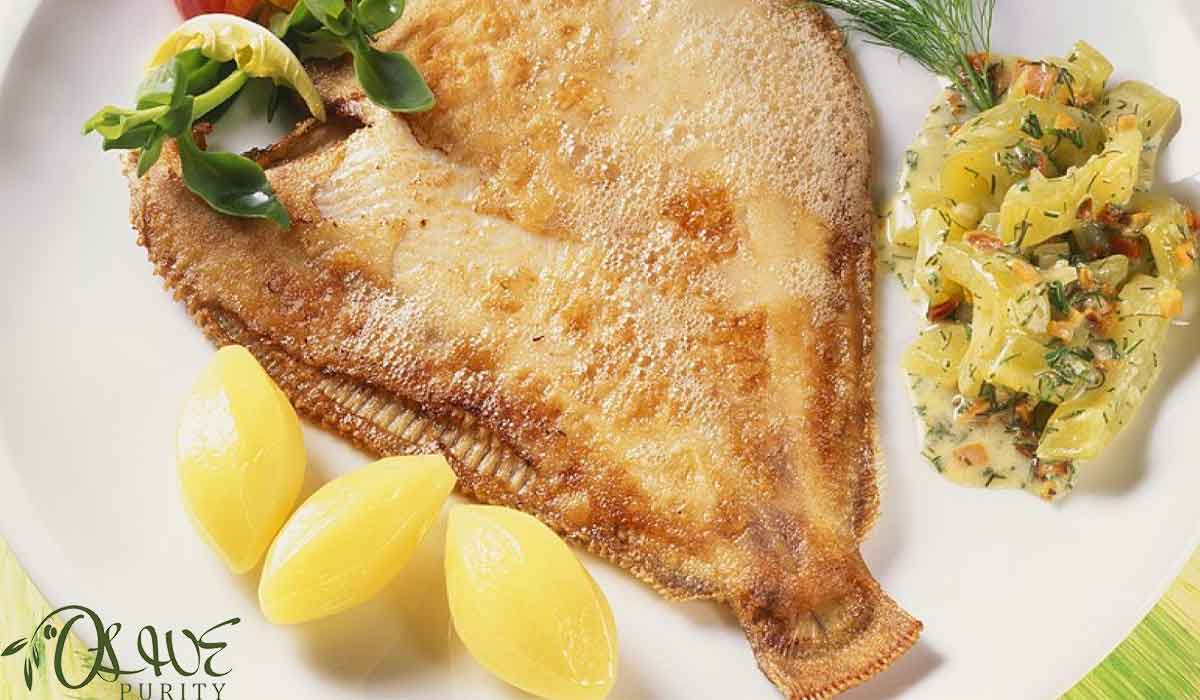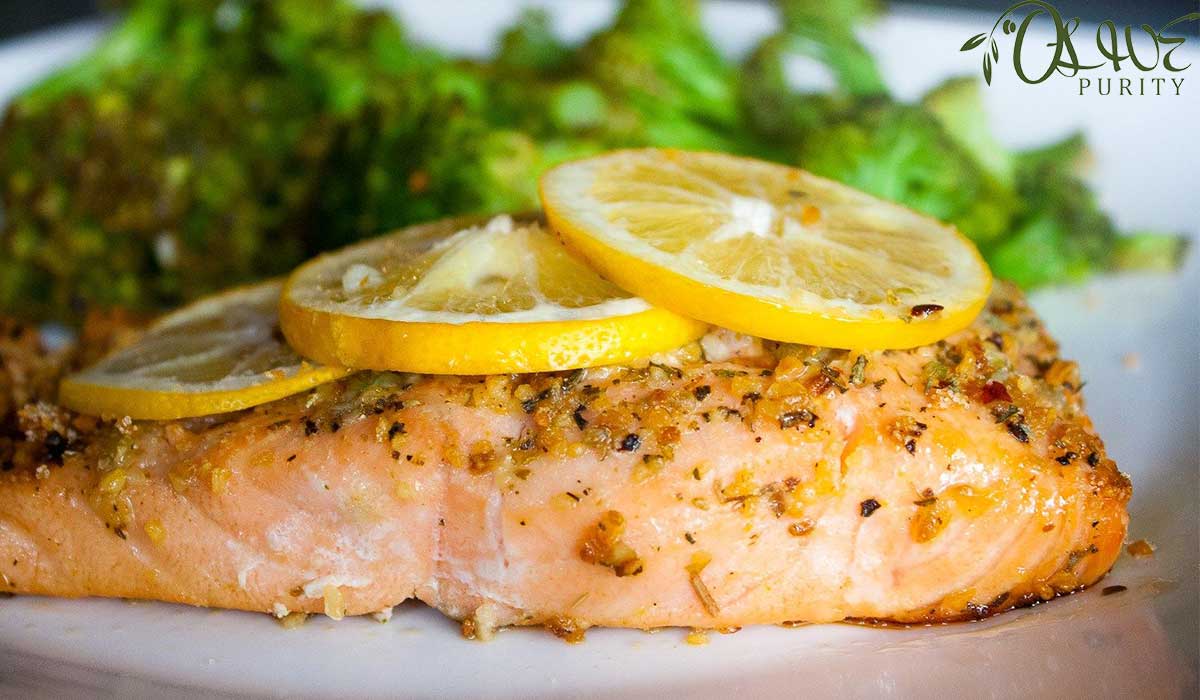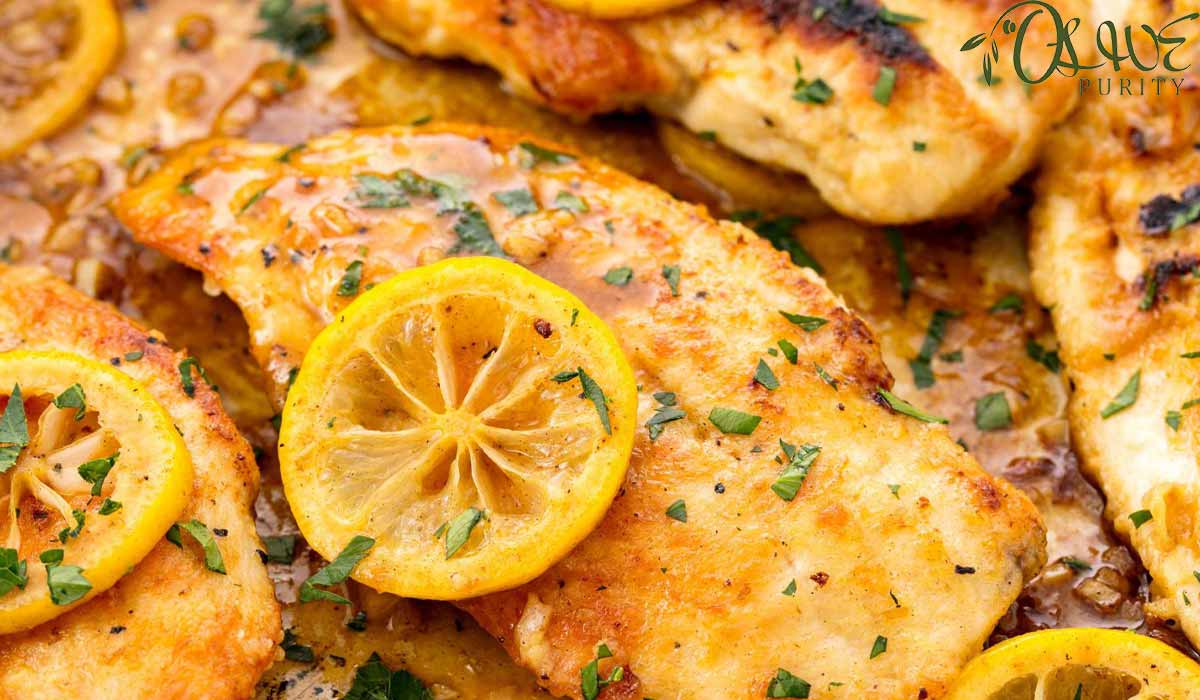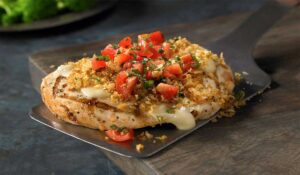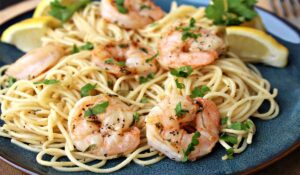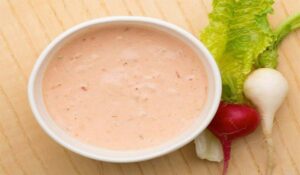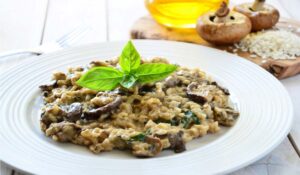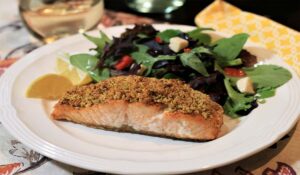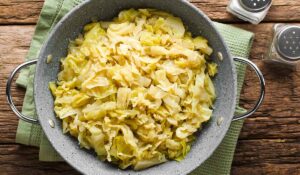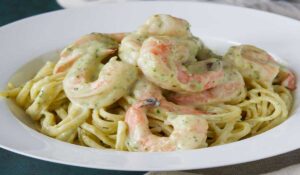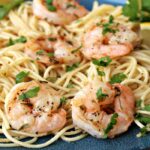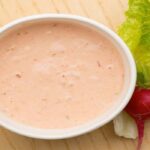Lemon Garlic Broiled Flounder: The Easiest Way to Enjoy Mild and Moist Fish Fillet at Home
Making delicious and healthy fish recipes doesn’t need to be complicated. This blog post will break down my simple method for lemon garlic broiled flounder – a mild yet flavor-packed dish you and your family are sure to love.
How Do I Know When the Fish is Finished Cooking?
For those new to cooking fish, one of the biggest challenges can be determining doneness without overcooking it. In this blog post, I’ll share the best methods for ensuring your fish turns out moist and flaky every time.
Visual Cues Can Be Deceptive
While meat has clear signs like a internal temperature of 165°F for poultry and 145°F for red meat, fish is more delicate. Relying only on its appearance can often result in overcooking. I’ll explain why visual doneness cues should not be your only indicator.
The Importance of Using a Food Thermometer
An instant-read thermometer is the most reliable way to accurately gauge a fish’s internal temperature. In this section, I’ll discuss the proper temperature thresholds for different fishes like salmon, cod, and flounder to safely cooking cooking fish while keeping it moist and flaky.
Other Physical Tests
While not as accurate as a thermometer, you can also check for other physical signs of doneness like if the flesh becomes opaque and flakes apart easily when pressed with a fork. I’ll review these tests and their limitations.
How Cooking Method Affects Timing
The technique used – whether pan searing, poaching, or baking – affects heating and cooking time. I’ll provide temperature check timing guidelines for various common cooking methods so readers know when to start testing doneness.
Be Cautious of Thickness Variations
Within the same type of fish, thickness can differ significantly between fillets or steaks. In this section, I’ll emphasize how variable thickness impacts doneness and provide tips for compensating accordingly.
Safely Cooking Different Fish Types
Not all seafood has the same texture or flavor profile. I’ll offer cooking fish temperature recommendations specific to top varieties like salmon, tuna, cod, and tilapia so readers confidently tackle new species.
Avoiding Safety Hazards of Undercooking
It’s important that fish reaches the proper minimum internal temperature to eliminate health risks from bacteria. I’ll briefly touch on foodborne illness concerns to motivate readers to carefully monitor fish with a digital thermometer until fully cooked.
I hope this outline gave you a comprehensive overview of factors to consider when learning to cook fish. Please let me know if any area needs more detailed explanation!
Ingredients
- 4 (4-6 oz) flounder fillets
- 1 lemon, thinly sliced
- 4 cloves garlic, minced
- 1 tbsp olive oil
- 1/4 teaspoon salt
- 1/4 teaspoon ground black pepper
Ingredient Notes and Substitutions
While flounder works best for this dish due to its mild flavor, you can substitute other mild white fish like:
- Halibut: A meatier option with a delicate taste.
- Striped bass: Slightly firmer texture but similar delicate flavor profile.
- Tilapia: More assertive taste than flounder but still a mild, affordable choice.
For a gluten-free option, substitute rice flour for regular flour in the breading. And feel free to use lemon juice instead of slices if you prefer.
Making Lemon Garlic Broiled Flounder
To start, rinse the fillets under cold water and pat very dry with paper towels. Moisture left on the surface can cause it fish to steam rather than broil.
Preparing the Flounder
Place the fillets on a baking sheet and brush the top of each with 1/4 tsp olive oil. Evenly distribute the minced garlic over the fillets. Top with thin lemon slices in an overlapping pattern. Finish with a pinch each of salt and pepper.
Broiling Flounder
Preheat the oven broiler to high, allowing at least 5 minutes to fully heat. Broiling at the top rack of the oven allows direct, intense heat for fast yet gentle cooking. Place the baking sheet with fillets on the top rack and broil for 4-5 minutes total, checking the internal temperature of the thickest fillet at the 4 minute mark. Remove pieces individually as they reach the safe 145°F.
Serving
I love enjoying these fillets warm over a refreshing bed of baby arugula, garnished with extra lemon wedges. Nutty jasmine rice makes the perfect accompaniment to soak up the flavors. You can also serve with roasted asparagus or green beans for a light and healthy weeknight meal.
How Do I Reheat Leftover Lemon Garlic Broiled Flounder
The gentlest way to reheat leftover flounder without drying it out is just 1-2 minutes in the microwave on 50% power, checking periodically and stopping before it reaches 160°F. You can also pan fry it in 1 tsp olive oil over medium heat for 2-3 minutes per side until hot and lightly crisped.
FAQs about this Recipe of Lemon Garlic Broiled Flounder
What side dishes pair best?
In addition to arugula and rice mentioned above, some other delicious options include roasted potatoes, sautéed spinach, and tomato salad.
Can this flounder be baked instead of broiled?
Yes, you can! Simply bake it at 400°F for 8-10 minutes, checking the internal temp after 8 minutes. Watch it closely as ovens vary and flounder overcooks fast.
How do I select fresh flounder?
Look for flesh that is moist and firm, without drying or dark spots. The odor should be very mild or smell like the sea. Packaged fish is best within 1-2 days of the packed on date for peak freshness.
I hope this thorough post gave you all the info needed to make moist, flaky lemon garlic broiled flounder easily at home. Let me know if any part needs more explanation!
